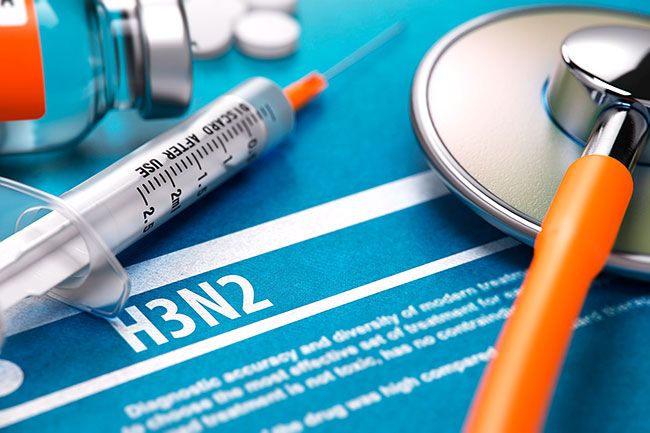Flu outbreak exposes critical danger
By MORTEN WENDELBO and CHRISTINE BLACKBURN
Of the Snowcroft Institute
The current flu season is one of the worst on record in the U.S. By early January, overall mortality was already double that of last year and the toll had already includes 20 children.
One reason the flu is so severe this season is that the dominant strain, H3N2, has an impressive ability to mutate and is particularly aggressive against Americans over 50.
Making the threat worse is the fact that most of the IV saline bags used in common medical treatments and procedures — including severe cases of the flu — are made in Puerto Rico. And Puerto Rico is still reeling from Hurricane Maria.
As a consequence, hospitals in some parts of the country, operating at or near capacity because of the flu, are running low, requiring a shift to a slower and more dangerous treatment option.
The IV saline shortage is unlikely to cause a life-threatening breakdown of medical treatments. However, it exposes a dangerous flaw in the medical supply chains everyone relies on to counter disease outbreaks or bio-terrorism.
Approximately 80 percent of all pharmaceuticals used by Americans are produced overseas, notably in China and India. In addition, many different types of important medical equipment and supplies either come from abroad or rely on a single producer.
Globalization has changed the way we produce, transport and store almost anything, including medicine and medical supplies. Now that it’s inexpensive to transport goods, they can easily be produced abroad at a substantially lower cost.
In nearly all cases, that benefits both producers and consumers. But reliance on such limited and distant sources doesn’t come without risk.
In the case of saline, 43 percent of the U.S. supply comes from Puerto Rico. And the U.S. was already running below optimal levels of saline when Hurricane Maria hit.
Rapid transportation of goods also allows most industries to rely on “just in time” deliveries. That means goods arrive shortly before they are needed, rather than in large shipments.
In most situations, for most goods, that causes few issues. However, when there’s an insufficient stockpile, delivery delays can be life-threatening.
As researchers studying how countries can prepare for disease and disasters, it’s clear to us that the IV saline shortage is just the tip of a gigantic iceberg.
There are two ways the “just in time” system can be disrupted: an unexpected surge in demand and a delay in delivery. In this case, both occurred simultaneously. The U.S. was already dealing with an unusually potent strain of the flu when Hurricane Maria brought production in Puerto Rico to a grinding halt.
When supplies are exhausted, hospitals have to rely on alternatives. One is an IV push procedure, in which medications are manually “pushed” into the IV line. But it can be deadly if not done correctly.
In the case of IV saline, the simultaneous occurrence of both demand and delay was accidental.
Unfortunately, it’s not only possible that such confluence will occur in the future, it’s likely. In the case of pandemics or biological warfare, there will likely be both a surge in demand for important goods and a disruption of production and delivery.
If a pandemic severely affected China or India, which account for a large share of our medicines, production could be knocked out or slowed. That would leave the rest of the world vulnerable to the disease’s spread.
The destruction in Puerto Rico and the impact it has had on the supply of small IV saline bags in American hospitals is a warning.
This time, it’s IV saline. Next time, it could be something much more critical.
If these weaknesses in our global supply chains are not addressed, especially as they relate to medical supplies, pharmaceuticals and other critical goods, we are headed for disaster.










Comments